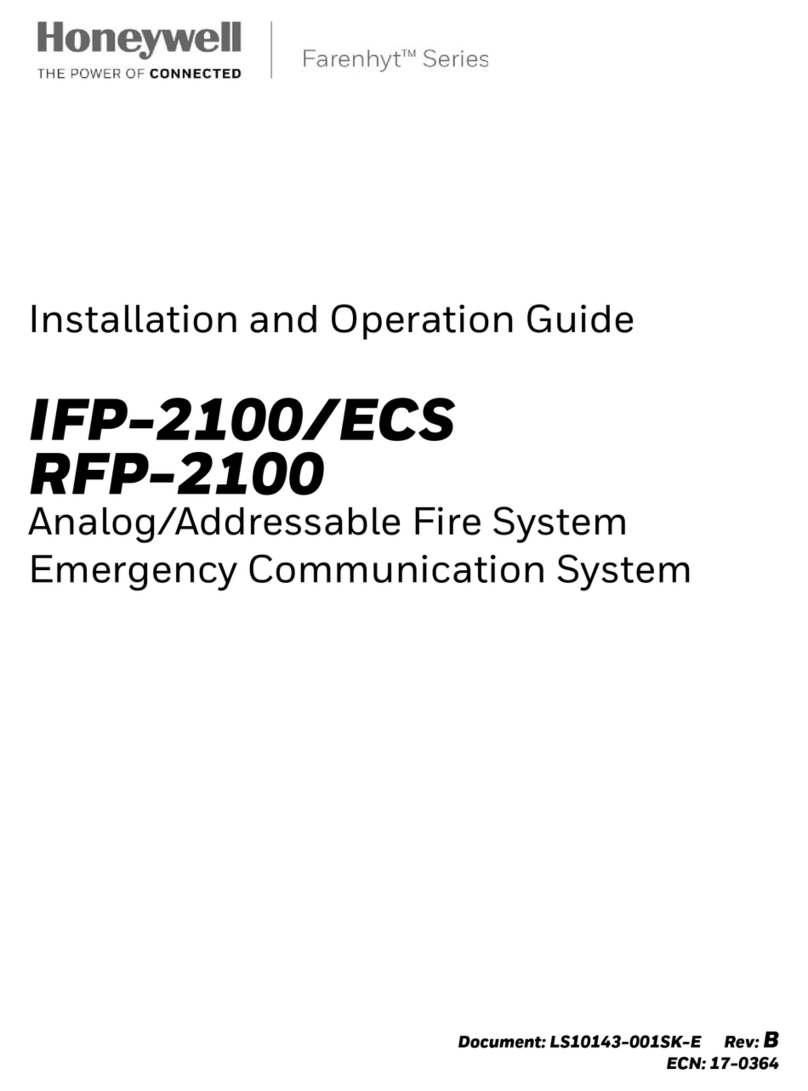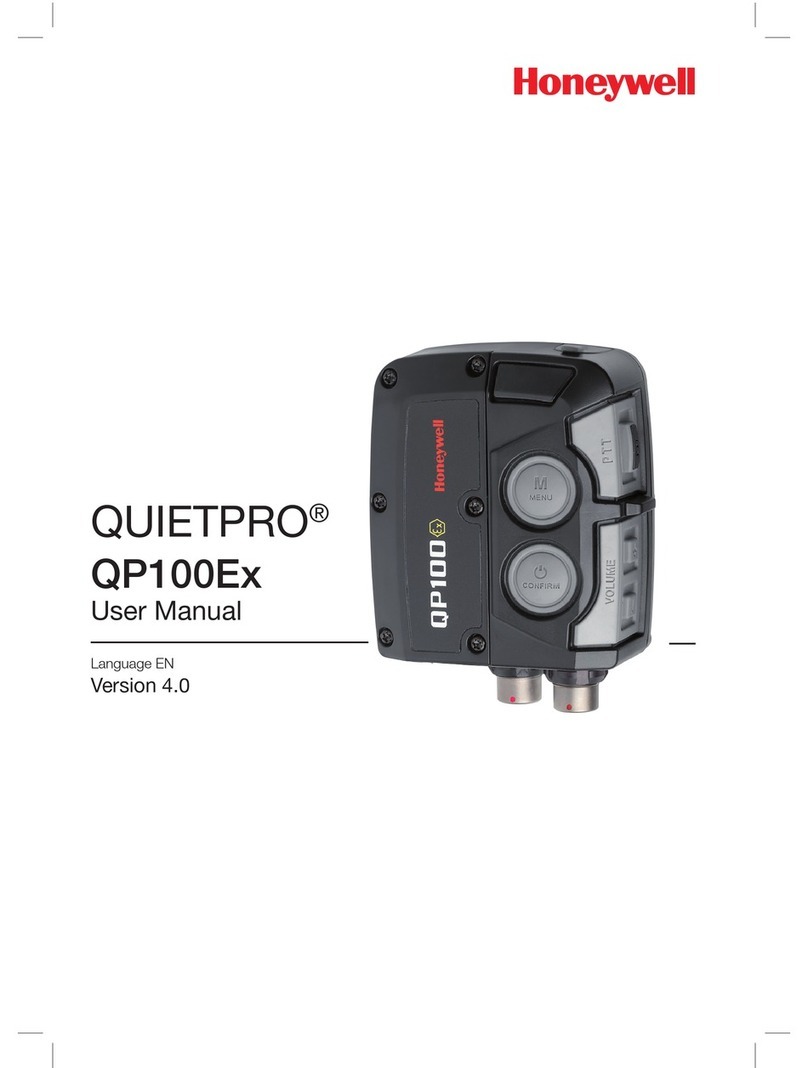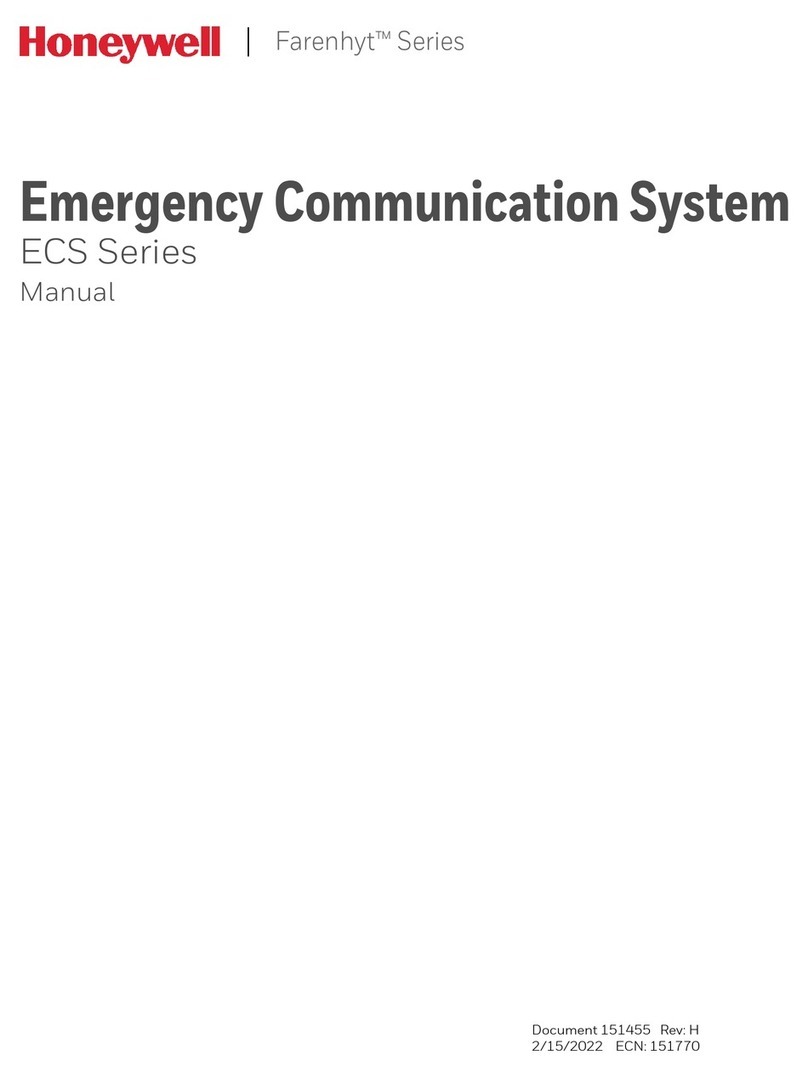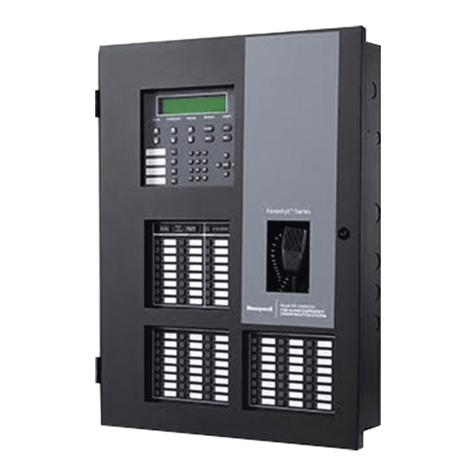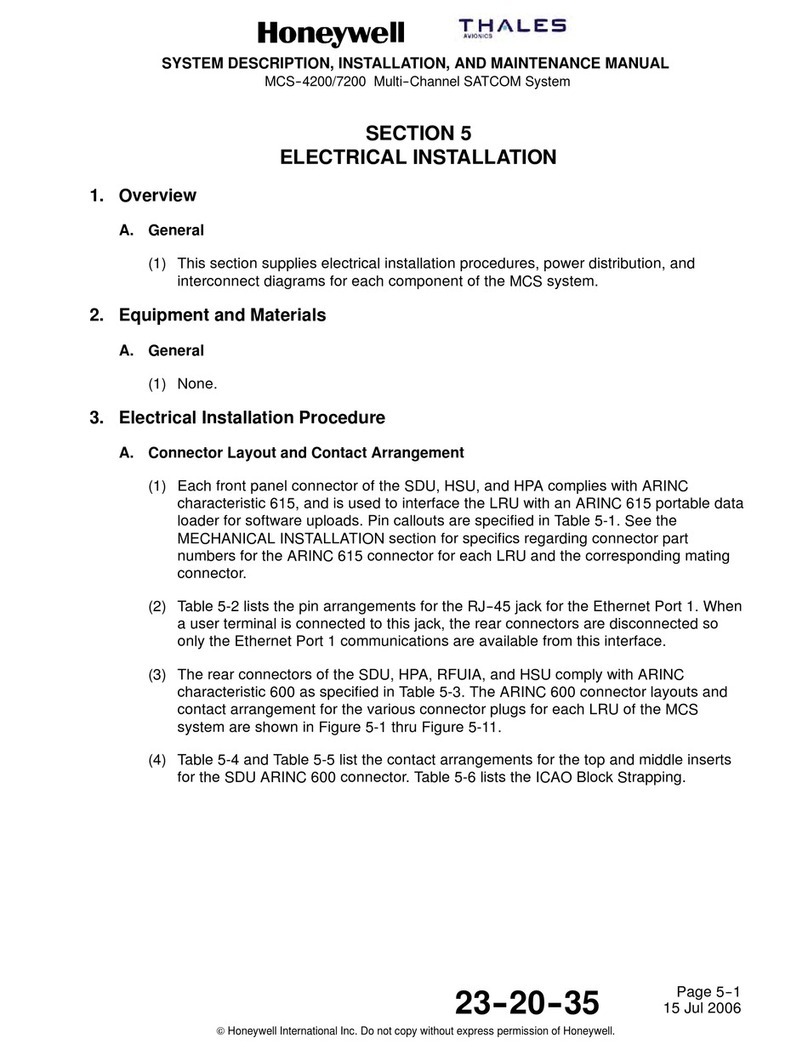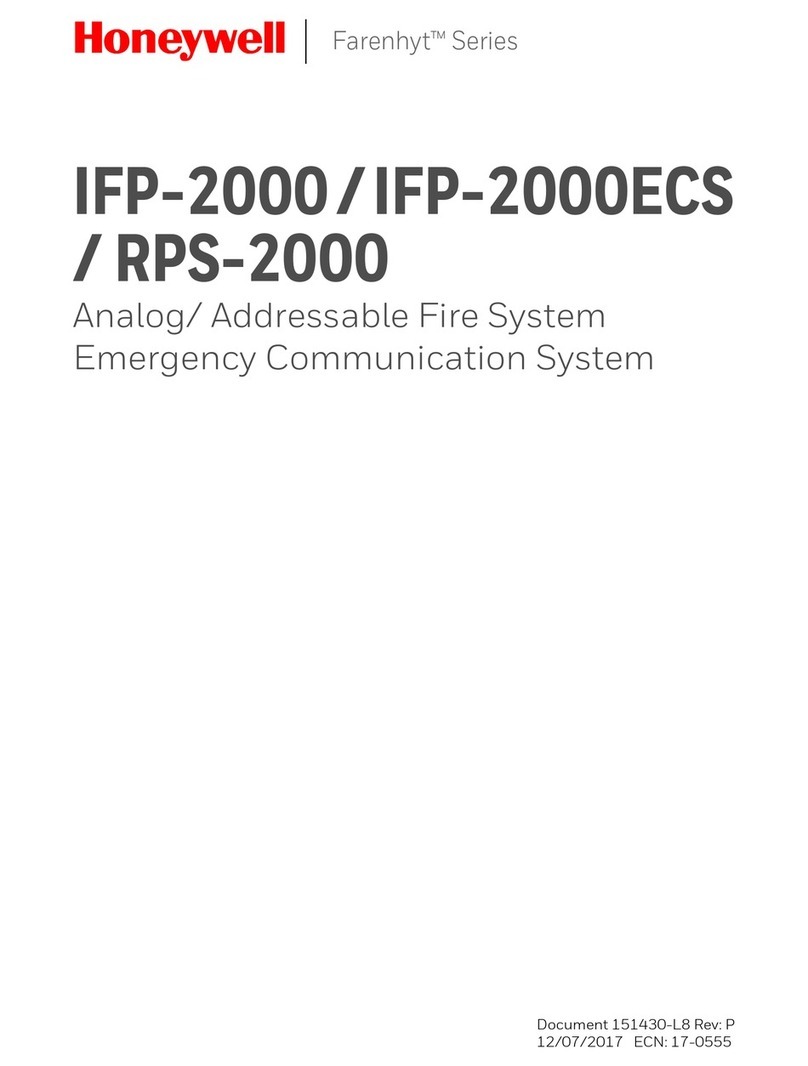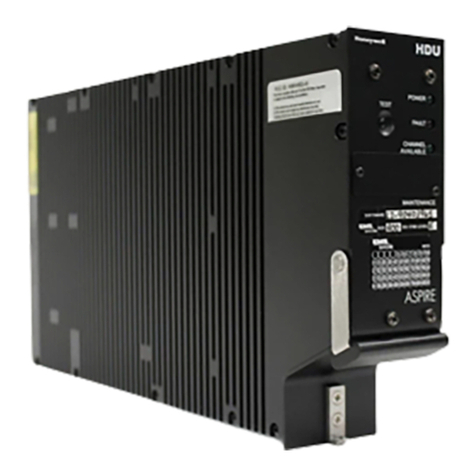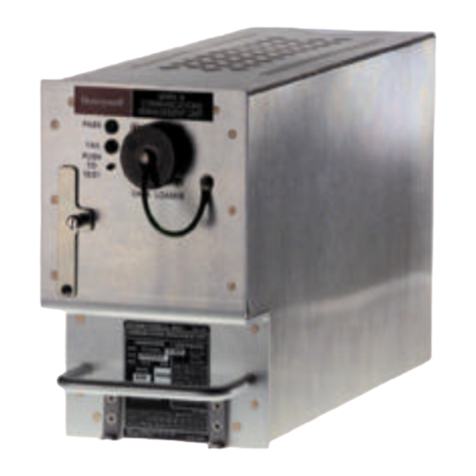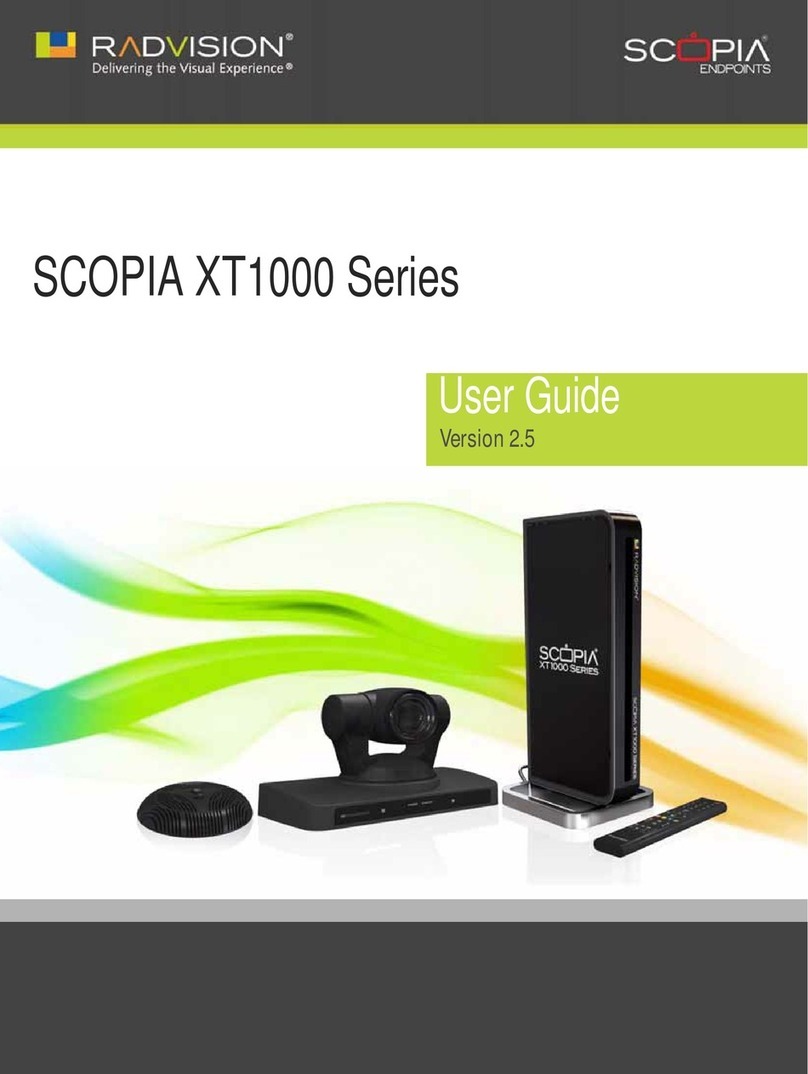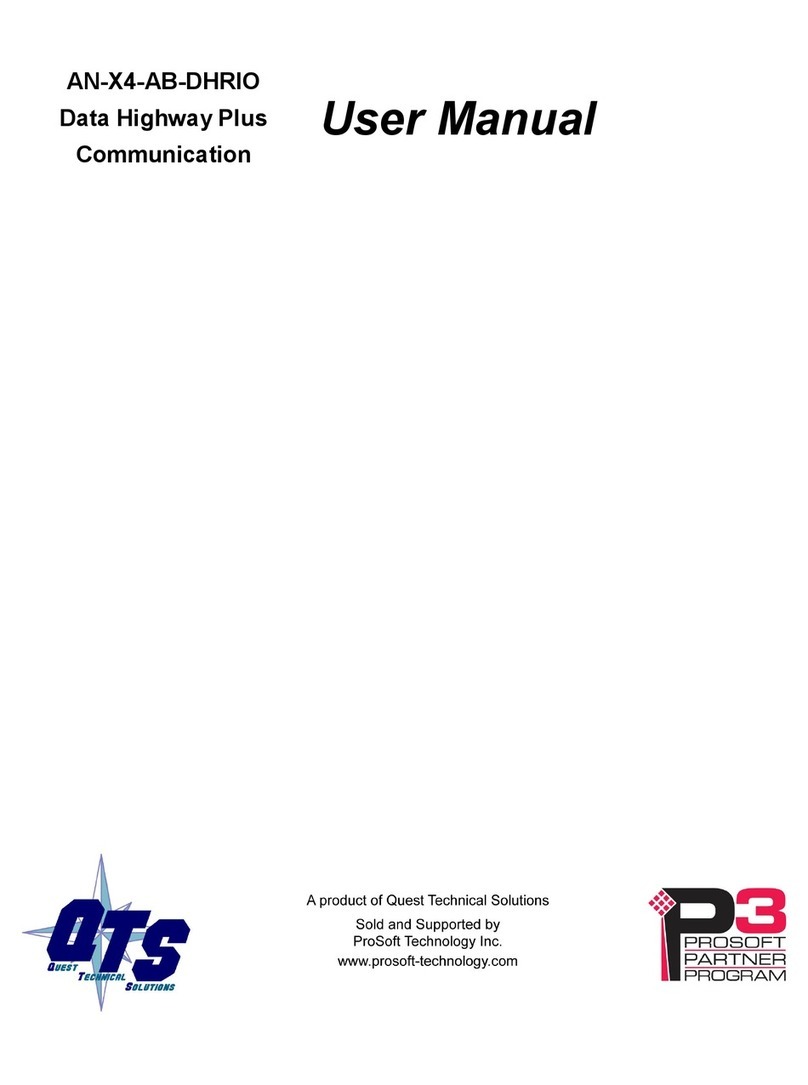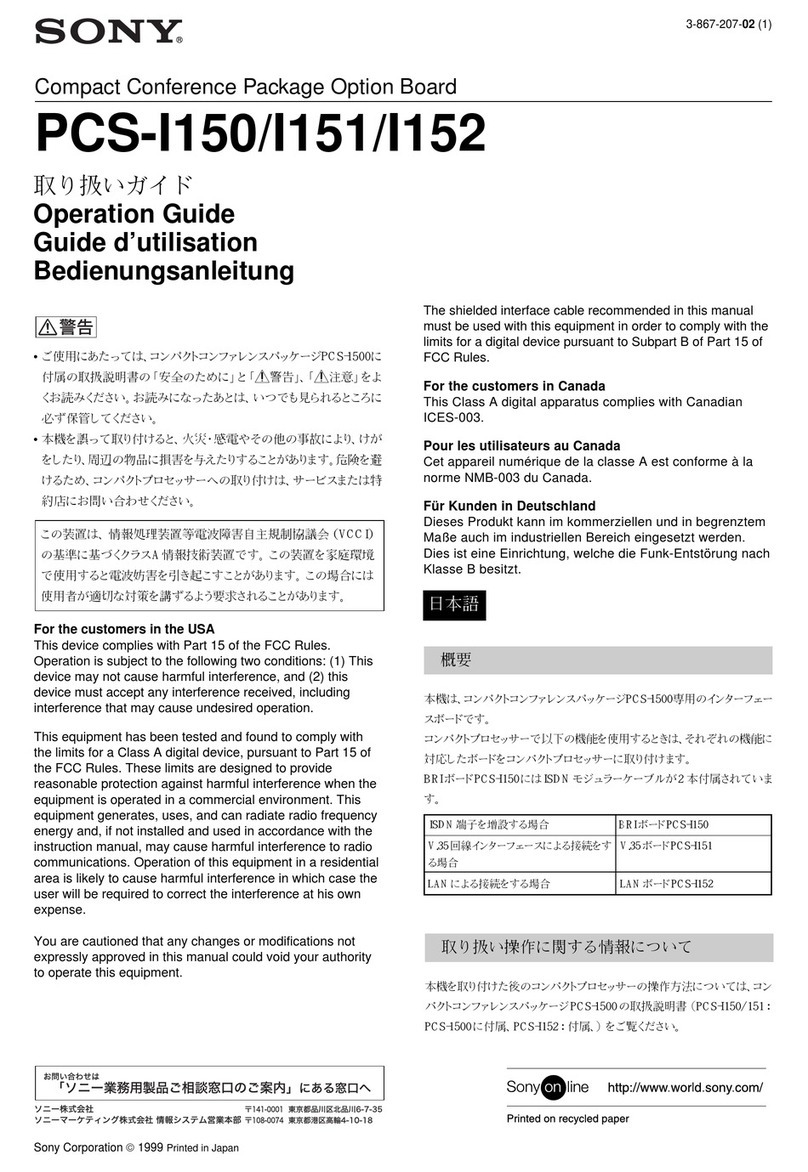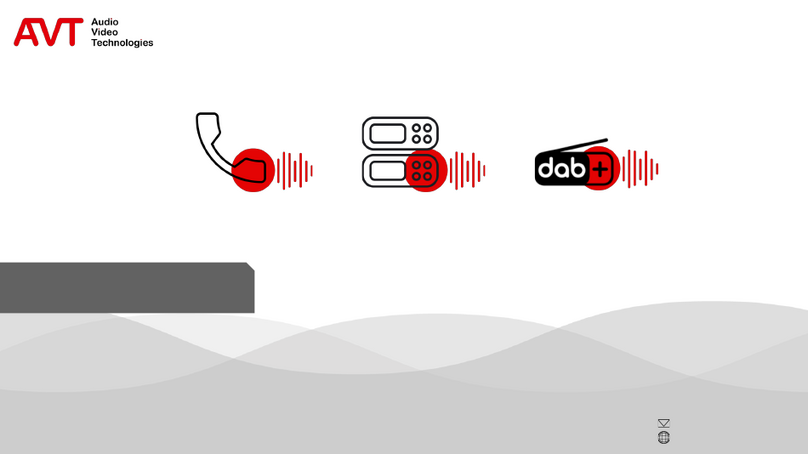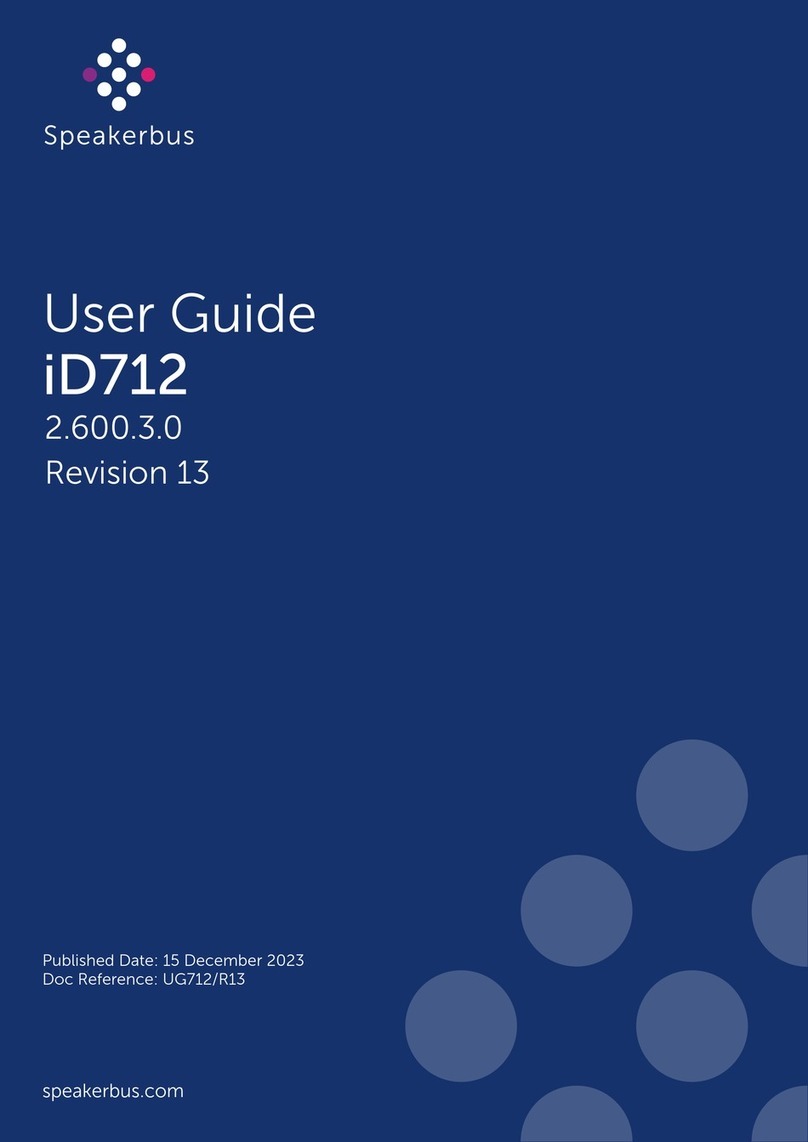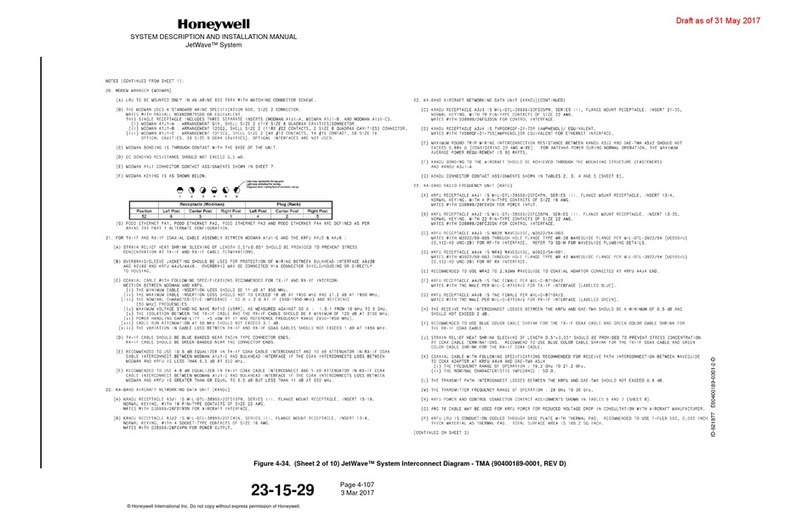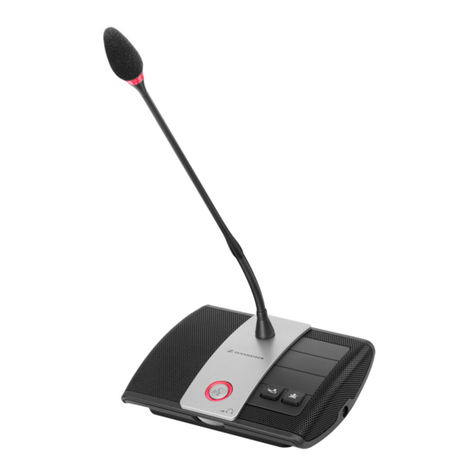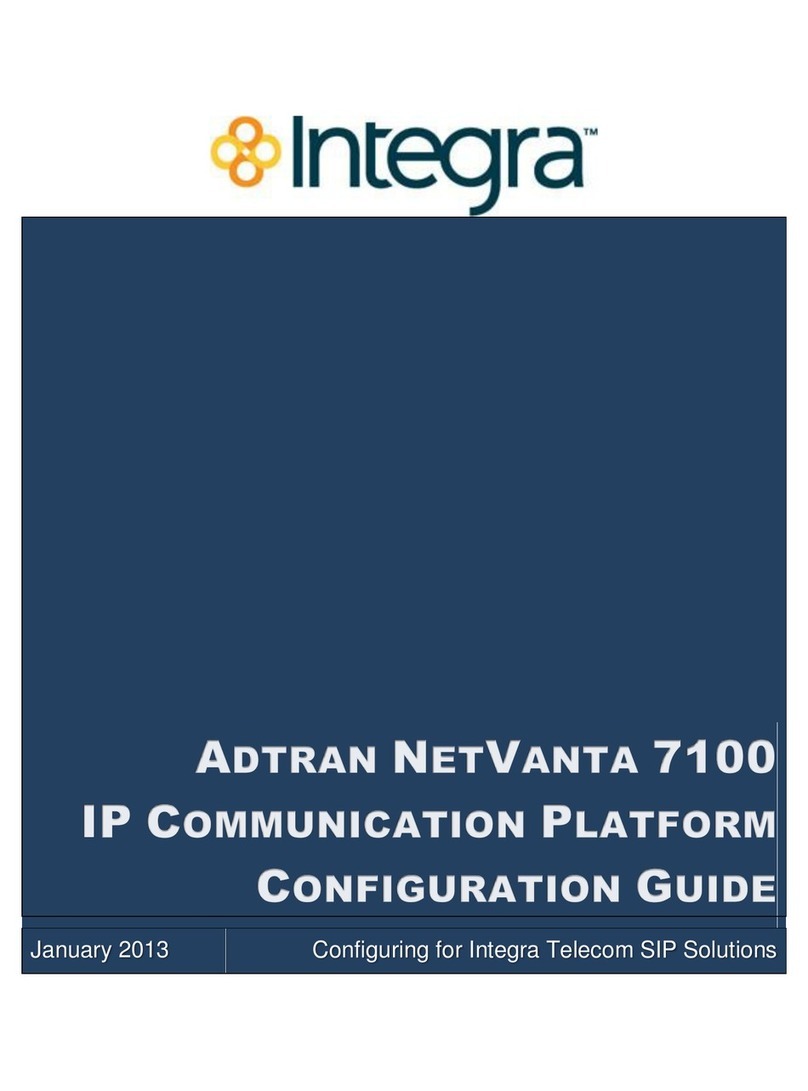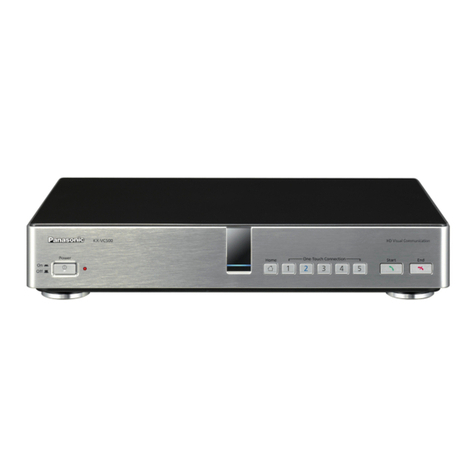
i
Table of Contents
SECTION 1: General Information ...........................................................................................................................................1-1
System Overview...................................................................................................................................... 1-1
Introduction ....................................................................................................................................... 1-1
General Information.......................................................................................................................... 1-1
System Features....................................................................................................................................... 1-2
About AlarmNet-i Internet Application ................................................................................................. 1-2
Encryption ................................................................................................................................................ 1-2
Remote Services ....................................................................................................................................... 1-2
Modes of Operation .................................................................................................................................. 1-3
ECP Mode........................................................................................................................................... 1-3
Zone Trigger Mode............................................................................................................................. 1-3
4204 Mode and Two-4204 Mode ....................................................................................................... 1-3
Module Supervision Features.................................................................................................................. 1-4
Antenna.............................................................................................................................................. 1-4
Specifications............................................................................................................................................ 1-4
Mechanical ......................................................................................................................................... 1-4
Electrical ............................................................................................................................................ 1-4
RF ....................................................................................................................................................... 1-5
Ethernet ............................................................................................................................................. 1-5
Environmental ................................................................................................................................... 1-5
Compatibility............................................................................................................................................ 1-5
Compliance ............................................................................................................................................... 1-6
SECTION 2: Mounting and Wiring..........................................................................................................................................2-1
Determine the Signal Strength and Select a Location .......................................................................... 2-1
Mounting the IGSMV .............................................................................................................................. 2-2
Standard Mounting Procedure (rear tamper switch is NOT used) ................................................ 2-2
Mounting Procedure (rear tamper switch is used) .......................................................................... 2-3
Wiring the IGSMV ................................................................................................................................... 2-4
Connecting and Routing the Audio Cable........................................................................................ 2-4
Wiring for ECP, 4204 and Two-4204 Modes.................................................................................... 2-5
Wiring for Zone Trigger Mode .......................................................................................................... 2-6
Wiring for Module Fault Relay ......................................................................................................... 2-7
Ethernet Connections........................................................................................................................ 2-7
Power Connections and Options ............................................................................................................. 2-8
Powering the Communication Module ............................................................................................. 2-8
Backup Battery Connection .............................................................................................................. 2-9
Initial Power-Up Sequence ............................................................................................................... 2-9
SECTION 3: Programming the IGSMV ...................................................................................................................................3-1
General Information ................................................................................................................................ 3-1
Using the AlarmNet Direct Website ................................................................................................ 3-1
Using a 7720P Programming Tool.................................................................................................... 3-1
Using the Control Panel Programming Mode ................................................................................. 3-2
Programming Conventions ............................................................................................................... 3-3
ECP Mode Programming ......................................................................................................................... 3-3
